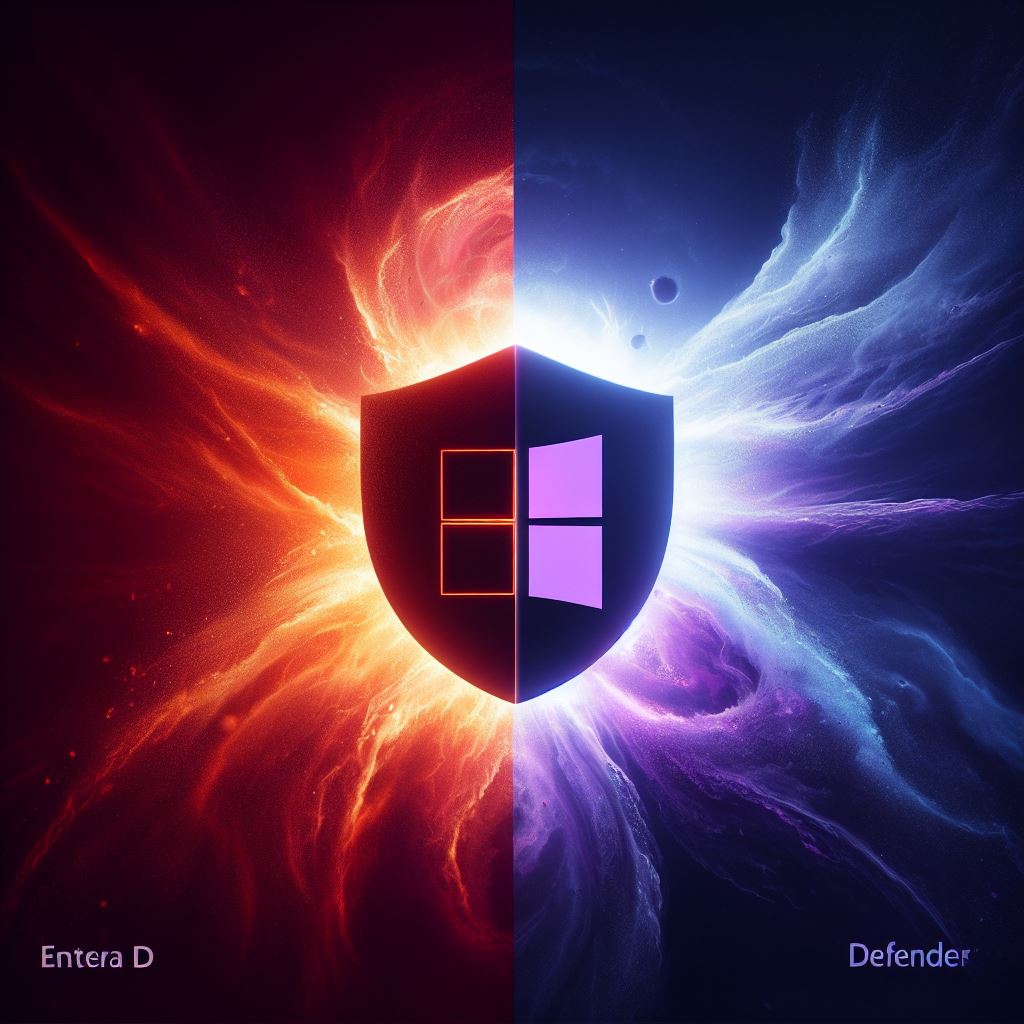As a Technical Solutions Professional at Microsoft who covers Identity and Security I get a lot of questions about Office 365 MFA vs. Azure Active Directory MFA around the differences, benefits, and what I suggest. Customers always assume because I concentrate on the EMS stack Microsoft offers (Intune, Azure AD, Azure Information Protection) I recommend Azure AD MFA over Office 365 MFA, but the reality is when customers really compare the experiences they will almost always go with Azure AD MFA.





